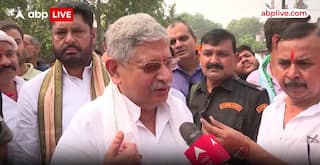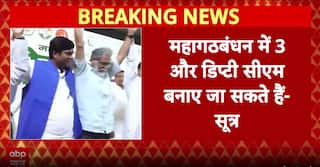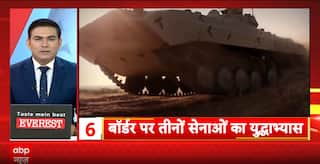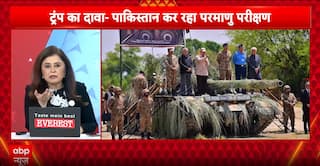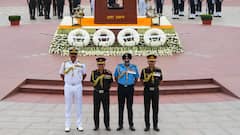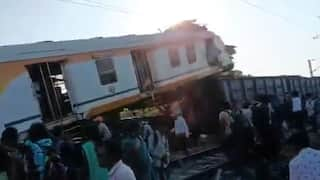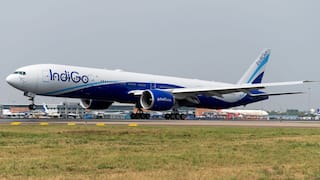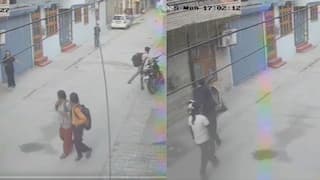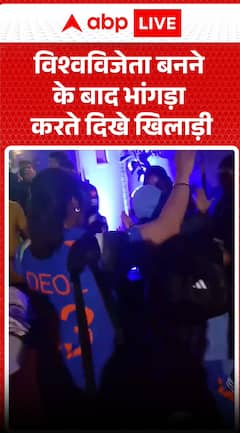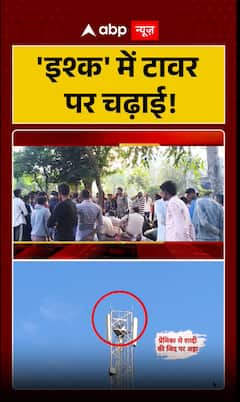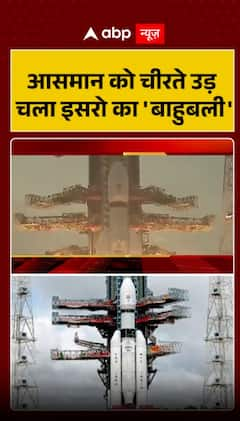Explorer
What are surgical strikes, terror launchpads, LoC & more: All you need to know

NEW DELHI: What some of the terms being thrown about in connection with the Indian Army’s activities on the Pakistani frontier on Wednesday night mean?
Surgical strike
A raid by forces on an identified target, based on intelligence, and from land, air or water or a combination of them.
♦ Indian military sources say that teams from the army’s 4 and 9 Special Force battalions were inserted through the Line
of Control into Pakistani-controlled territory from at least four locations.
♦ These locations were spread over 200km, from Rajouri in Jammu (under the responsibility of the army’s 16 Corps) to Kupwara in north Kashmir (under the army’s 15 Corps).
♦ The 16 Corps is responsible for the area south of the Pir Panjal; the 15 Corps for the area north of the Pir Panjal. The
inter-corps boundary on the Pir Panjal, north of Poonch, has seen deadly action in the past too.
Cross-border fire
♦ This too may be unleashed from multiple platforms. In this instance, Indian and Pakistani forces used artillery to fire into each other’s territories.
♦ The Pakistani forces fired heavily early Thursday morning as the Indian commandos were returning after attacks on the
terrorists’ launch pads.
Terror launch pad
♦ A launch pad is a staging post that militants use to infiltrate into India; it is not a training base. Sources in the security establishment believe that a launch pad is the last station where a group of militants assembles before crossing into India.
♦ Officials said the launch pads that were attacked had between 20 and 40 militants and were close to the rear area of Pakistani army companies.
♦ Typically, a company has three platoons, two of which man the Line of Control while a third is at the rear, at a spot between 1km and 3km from the Line of Control.
♦ Terror launch pads, sources say, are located between the platoons in the front and the platoon in the rear but may not be adjacent to the platoon or company bases.
Significant casualties
♦ Sources said the Indian commandos did not stay back to count the bodies but there was evidence to assess the damage.
♦ They said every possible asset had been used for surveillance, which would mean the deployment of human intelligence (humint) or spies as well as elint (electronic intelligence) using platforms like unmanned aerial vehicles (drones) with night-vision cameras.
♦ The commandos used incendiaries and explosives to target the launch pads, the sources said. An example of an incendiary is a shoulder-fired RPO flamethrower. One of the explosives the Special Forces use is a delayed-charge plastic bomb that can be stuck to a surface and timed to explode after the commandos have left the scene.
LoC and IB
♦ “LoC” means “Line of Control”, while “IB” means “International Boundary”. Both Indian and Pakistani forces recognise a 778km boundary as the LoC or a ceasefire line, which means the boundary is unsettled and a certain extent of armed conflict, such as skirmishing, can therefore be expected.
♦ Shelling was a daily practice until the 2003 ceasefire. Not so across the IB, which runs southwards from Jammu and where the armies are not eyeball-to-eyeball unlike the LoC.
(With inputs from The Telegraph Calcutta)
Follow Breaking News on ABP Live for more latest stories and trending topics. Watch breaking news and top headlines online on ABP News LIVE TV
Read more
Advertisement
Top Headlines
Election 2025
Election 2025
India
Delhi NCR

ABP Live Education
Opinion
Advertisement










